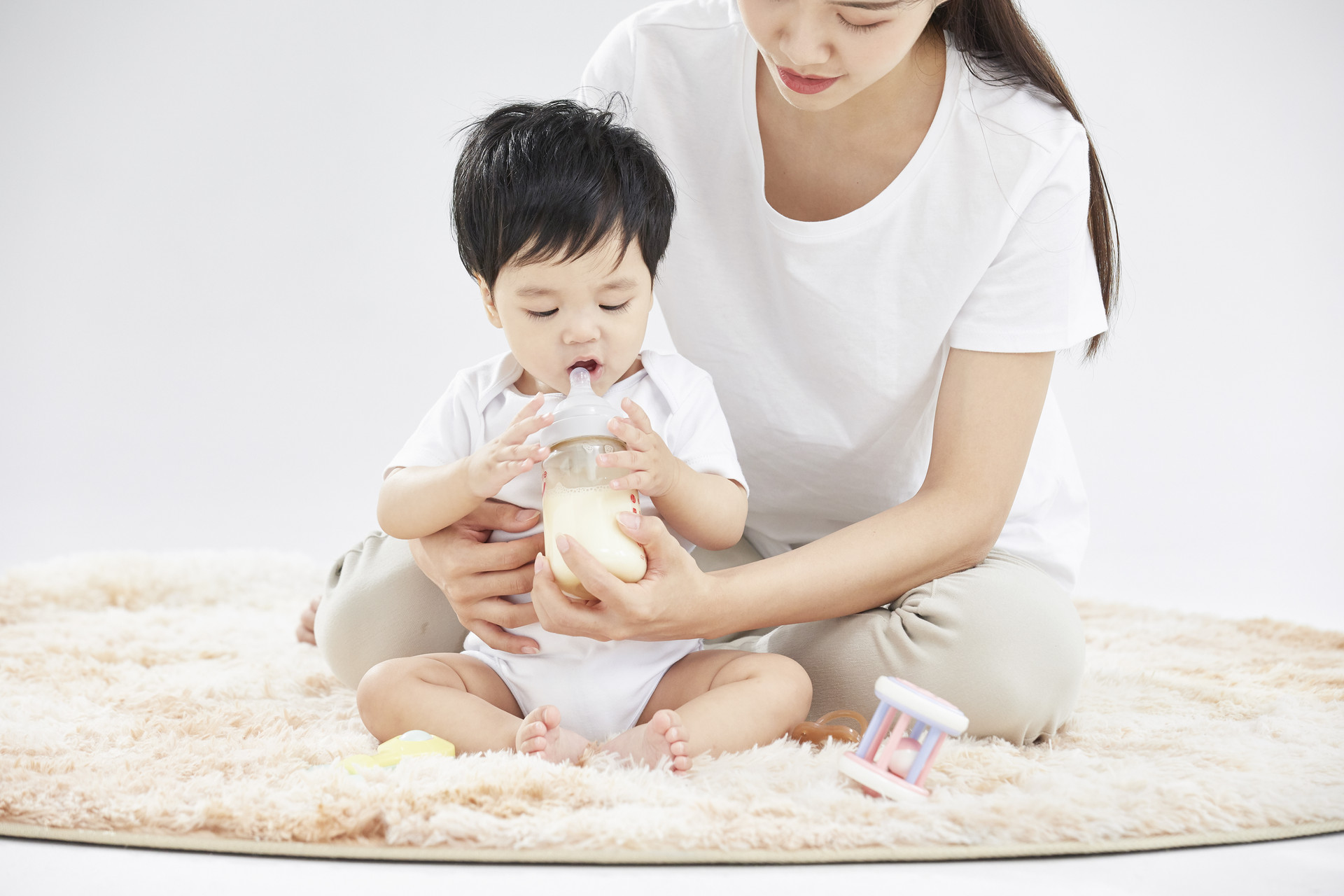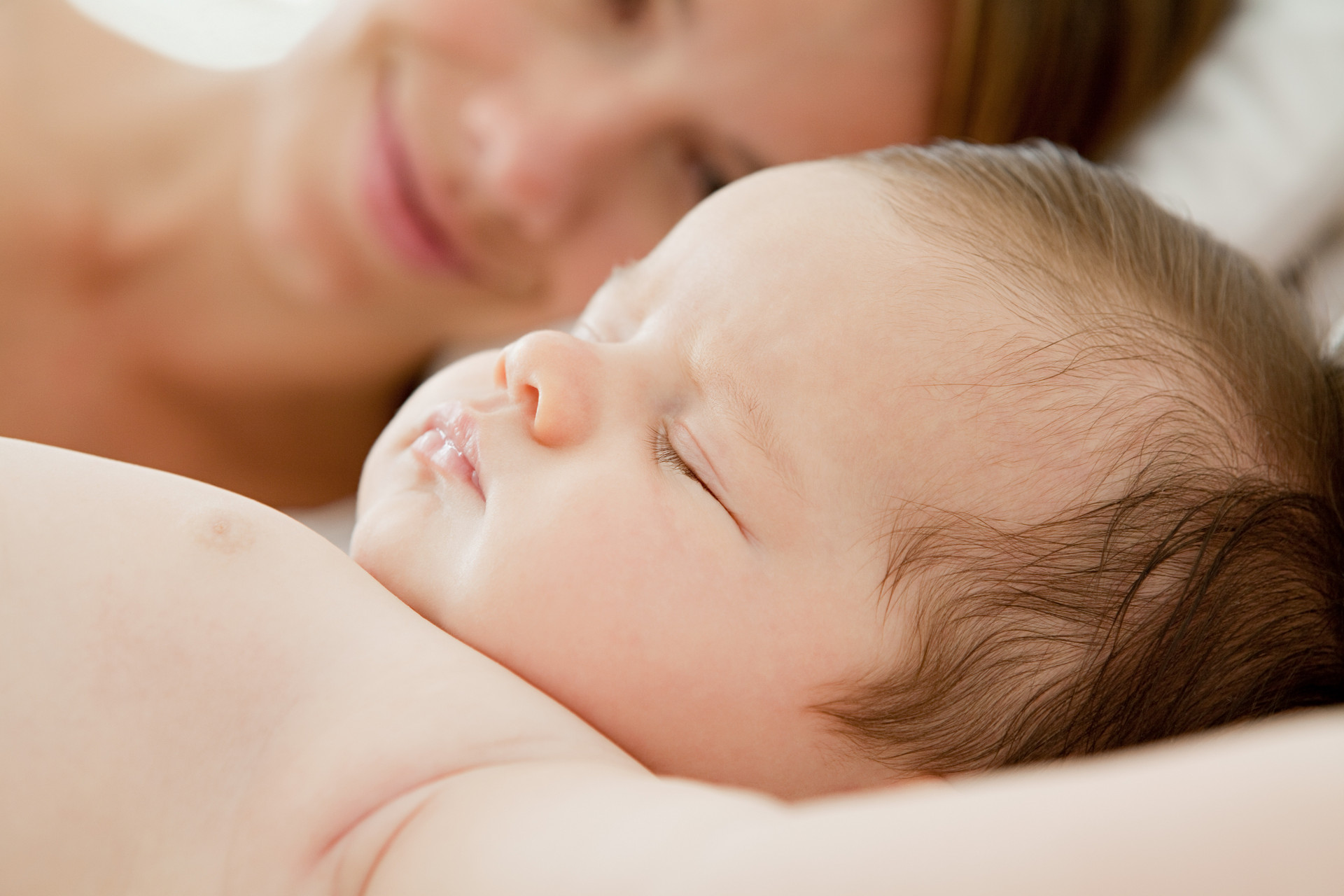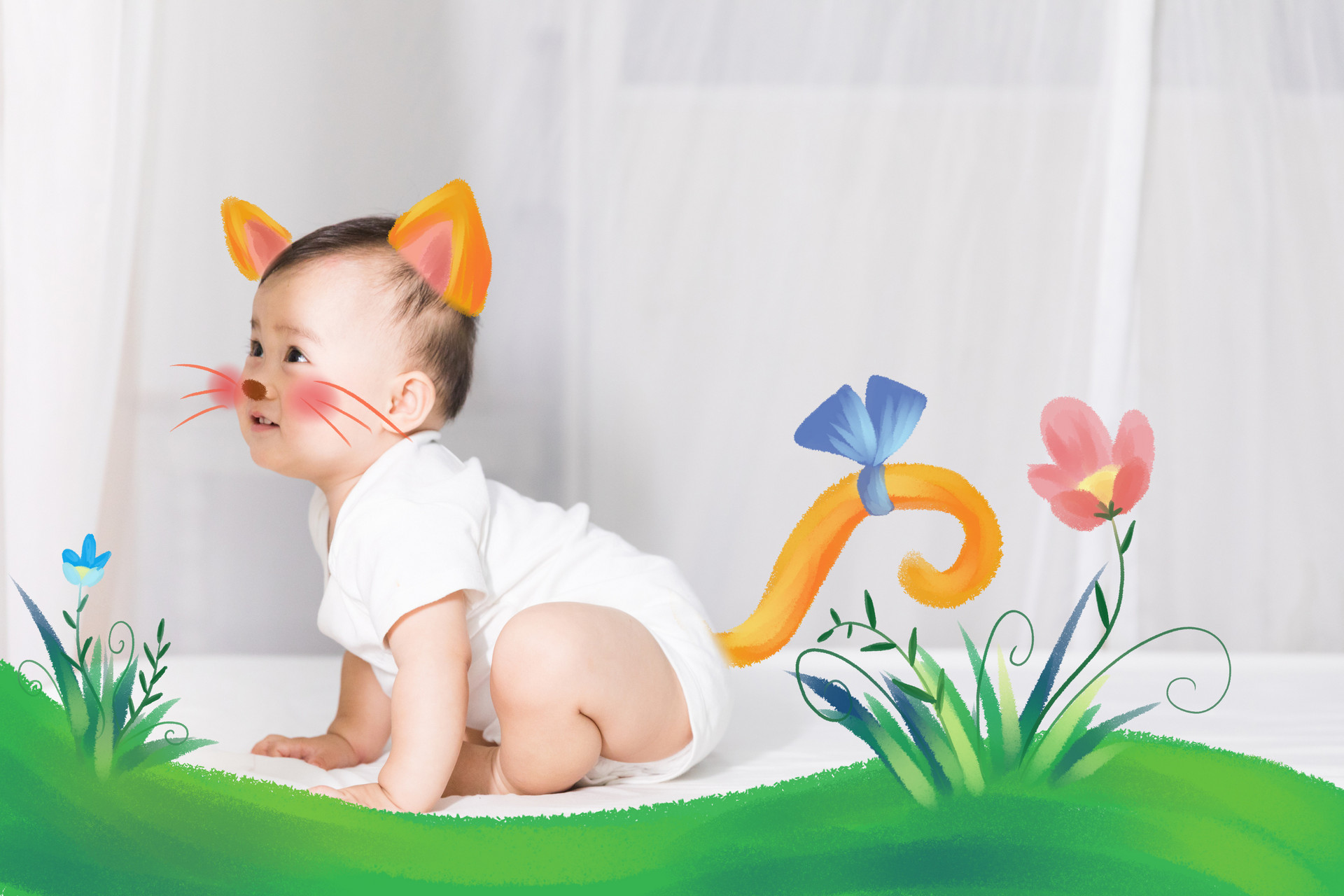According to traditional Chinese medicine theory, children with weak constitution are prone to excessive sweating, even when they are sitting, lying down, or sleeping. Their whole body or certain parts of the body may sweat excessively, or even sweat profusely. This is called weak sweating. What are the clinical symptoms of weak sweating in children?

Type 1: Deficiency of Exterior and Instability
Clinical manifestations are mainly spontaneous sweating, with obvious sweating on the forehead and shoulder blades, especially when moving. The child is prone to catching a cold, easily fatigued, has cold limbs, pale tongue, and weak pulse.
Type 2: Disharmony of Nutrient and Defensive Qi
Clinical manifestations are mainly spontaneous sweating, with sweating all over the body, slight aversion to wind and cold, or accompanied by low-grade fever, mental fatigue, poor appetite, pale lips and tongue, and weak pulse. Treatment should focus on harmonizing nutrient and defensive qi to stop sweating.
Type 3: Deficiency of Qi and Yin
Clinical manifestations are mainly night sweats, often accompanied by spontaneous sweating, excessive sweating, emaciation, fatigue, restlessness, dry mouth, hot hands and feet, or accompanied by hot flashes, pale red lips, pale tongue with little coating, and weak pulse. Treatment should focus on supplementing qi, nourishing yin, and stopping sweating.
Methods to Treat Weak Sweating
1. Type 1: Deficiency of Exterior and Instability
Ingredients: 15g Codonopsis pilosula, 10g Atractylodes macrocephala, 15g Coix seed, 6 jujubes, 50g polished rice, appropriate amount of white sugar.
Wash the Codonopsis pilosula, Atractylodes macrocephala, and Coix seed, put them in a pot with appropriate amount of water, boil for 30 minutes, remove the residue and keep the decoction. Wash the jujubes and remove the pits, wash the polished rice, put them in the decoction; boil with high heat, then simmer until the porridge is cooked, add white sugar and mix well. Divide into two servings and take it warm, once a day.
2. Type 2: Disharmony of Nutrient and Defensive Qi
Ingredients: 10g Astragalus membranaceus, 10g Atractylodes macrocephala, 20g Fructus Tritici levis, 6g Cinnamomum cassia, 6 jujubes, 50g polished rice, appropriate amount of brown sugar.
Wash the Astragalus membranaceus, Atractylodes macrocephala, Fructus Tritici levis, and Cinnamomum cassia, put them in a pot with appropriate amount of water, boil for 30 minutes, remove the residue and keep the decoction. Wash the jujubes and remove the pits, wash the polished rice, put them in the decoction; boil with high heat, then simmer until the porridge is cooked, add brown sugar and let it dissolve. Divide into two servings and take it warm, once a day.
3. Type 3: Deficiency of Qi and Yin
Ingredients: 10g Tremella fuciformis, 15g Lotus seed, 6 jujubes, 50g polished rice, appropriate amount of rock sugar.
Soak the Tremella fuciformis in warm water, remove the stems, tear it into small pieces and set aside. Soak the Lotus seed in warm water for one hour, put it in a pot with washed jujubes, polished rice, and appropriate amount of water; boil with high heat, then simmer until the porridge is half cooked, add the Tremella fuciformis, continue to cook until the rice is cooked, add rock sugar and mix well. Divide into two servings and take it warm, once a day.











